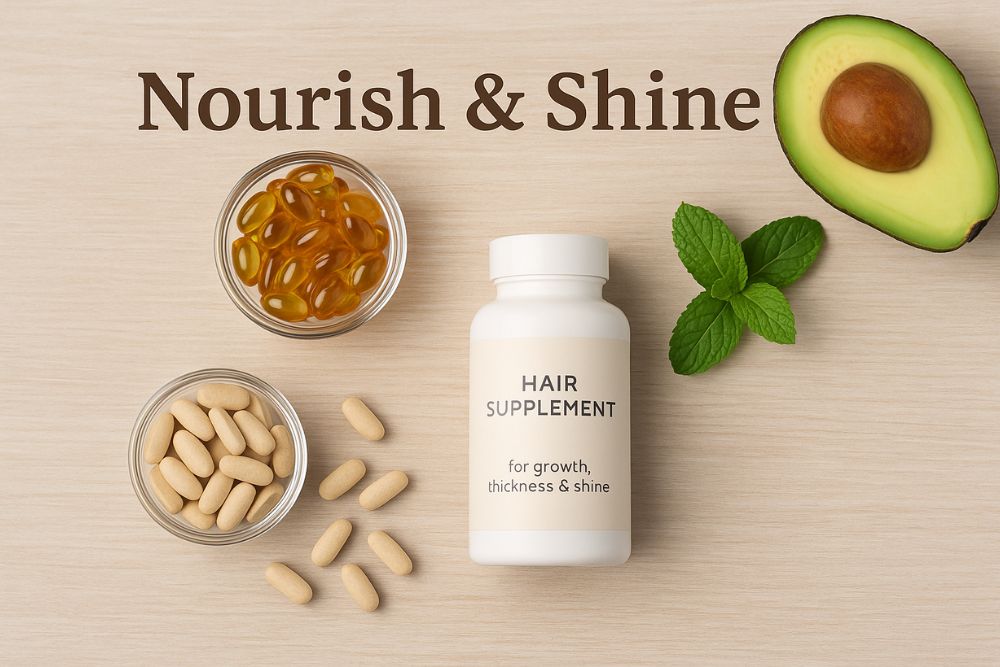Learn About Joint Injections: An Evolving Part of Arthritis Care
Lena Grant
2025-11-22
6 min read

When arthritis pain starts to interfere with daily life, it can feel like a constant battle. While oral medications and lifestyle changes help many people, some may need something more targeted. That’s where injections come in. These treatments offer relief right at the source of the pain — inside the joint. Here’s a breakdown of what these injections are, how they work, and what to expect.
Why Consider Injections?
Injections for arthritis can help manage symptoms like joint pain, stiffness, and swelling. These are not cure-alls, but they can make a big difference, especially during flare-ups or when other treatments fall short. They work by reducing inflammation or cushioning the joint to improve movement and comfort.
Common Types of Arthritis Injections
There’s more than one type of injection used for arthritis, and the right one depends on the type of arthritis and how severe it is.
1. Corticosteroid Injections
- Reduce inflammation quickly
- Often used in knees, hips, shoulders, or hands
- Relief can last from a few weeks to several months
- Usually limited to a few times per year due to potential side effects
2. Hyaluronic Acid Injections
- Help lubricate the joint, especially useful in osteoarthritis
- Commonly used in knees
- May take a few weeks to feel effects
- Relief can last up to six months
3. Platelet-Rich Plasma (PRP) Injections
- Use components of the patient’s own blood to promote healing
- Still being studied, but showing promise for certain types of arthritis
- Considered more natural but may not be covered by insurance
4. Biologic Injections
- Target specific parts of the immune system involved in rheumatoid arthritis
- Given as regular injections under the skin or through IV
- Often used when traditional medications aren’t working
What to Expect During and After Treatment
Getting an injection is usually a quick and simple procedure. Most are done in a clinic with minimal preparation. Some joint swelling or soreness may happen after, but this usually clears up within a day or two.
After an injection:
- Rest the joint for 24 to 48 hours
- Monitor for any signs of infection (redness, heat, or worsening pain)
- Follow any activity guidelines from the healthcare provider
Most people experience relief within a few days, though it depends on the type of injection and the individual’s response.
Things to Keep in Mind
Injections can be an effective tool in managing arthritis, but they’re often just one piece of the puzzle. Combining them with physical therapy, exercise, and other treatments tends to bring the best results.
Before moving forward with injections:
- Discuss all options with a healthcare provider
- Understand potential side effects
- Consider long-term goals for joint health
This kind of care may not be right for everyone, but for many dealing with arthritis, it can offer real relief and a chance to stay active. Refer to a primary care physician for medical advice on arthritis treatment options.
Sources
- “Arthritis Treatments: Injections” – Arthritis Foundation
- “Injections for Arthritis Pain” – Cleveland Clinic
- “Joint Injections for Arthritis” – Mayo Clinic


